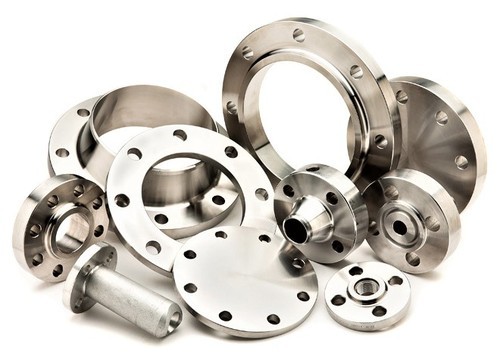It is critical to select suitable stainless steel flanges for any Product or business to work correctly. To work properly, the flange must completely fit into the pipe joints. If you choose the inappropriate flange, it can significantly affect your application and cost you a lot.

However, due to the highly polished surface, damage such as scratches and dents are more visible than on other metals. In addition, due to the material’s susceptibility to injury, mistakes are easy to make.
When handling stainless steel Flanges, avoid these typical mistakes.
1. Distortion –
Due to its low heat conductivity and rapid expansion rate, stainless steel Flange is susceptible to distortion during welding procedures. To avoid distortion, utilise the most insufficient amperage available without sacrificing the weld’s quality. Additionally, you should regulate interpass temperatures to prevent distortion and secure the workpiece in place using regulated tack welding, clamping jigs.
2. Surface Compounds Are Being Introduced –
When working with Hydraulic SAE Flanges, you face the risk of introducing a variety of contaminants to the surface. While the metal is in the fabrication shop, iron filings and other impurities can even get on the surface. Grease, chalk, or other contaminants could be on the handler’s hands while touching stainless steel Flanges. Localised corrosion can occur as a result of these contaminants.
It would be best to use an abrasive specifically designed for stainless steel abrasive particles, blending, and deburring to avoid surface contamination. Do not mix stainless steel abrasives with other metal abrasives. Instead, store stainless steel separately from other metals and in its original packaging for as long as possible.
3. Inadequate Cleaning –
Because of how fast scratches show up on stainless steel, highly particular cleaning procedures are required. Stainless steel Flanges must not be cleaned with abrasive cleaners or scrubbed too hard. Failure to rinse stainless steel Flanges properly after cleaning can result in unsightly water spots. Using chlorine or bleach-based cleaners will also corrode stainless steel. Hydraulic SAE Flanges should be cleaned with warm water and a clean microfiber. Rinse thoroughly after gently cleaning the stainless steel. To avoid water stains, wipe the surface dry with a soft cloth after rinsing.
4. Allowing the Bolts to Remain Undone –
When performing repairs or maintenance, it’s common to have to loosen the flange guard bolts. Even if the loosened bolts are only left undone for a short time, you must be sure you use proper precautions to prevent this from happening again.
Any big accident can occur in a matter of seconds. The most straightforward approach to avoid them is to tighten the nuts on the flange guards constantly. If you leave them undone, you run the risk of causing an accident or mistakenly spraying something.
5. Putting Your Safety in the Hands of Someone Else –
It would be best if you exercised adequate precautions not to put your safety to anyone else. You are the ideal person to examine your factory’s or plant’s safety requirements because you are the factory’s owner or manager.
So always be on guard and leave nothing to chance. If you assign someone to the task, the potential assignee may be unaware of the overall atmosphere and hence unable to understand and effectively manage safety concerns.
6. Not Using Gloves While Carrying Out Work on Them –
It is common for individuals to fail to take necessary measures when dealing with Hydraulic SAE flange guards. One of them is not wearing hand gloves when dealing with them. What you must understand is that you must wear hand gloves when handling acids and alkalis. Hand gloves have to be resistant to heat and chemicals. This would allow you to freely manage and operate with them, as well as on flange guards, avoiding any significant accident.
7. When Welding or Cutting, Utilisation of Extreme High Heat –
Continuing to work with stainless steel requires heat. However, excessive heat generated during the welding or cutting operation can cause problems. Stainless steel is significantly lighter than conventional steel. As a result, the extreme heat generated during welding/cutting causes the metal to thin even further under pressure.
The metal will distort and then bend, requiring employees to either start over with a fresh piece of stainless steel flange or spend more time restoring the metal to its original state.
Bottom Line:
Due to their excellent corrosion resistance and recyclable nature, stainless steel flanges are pretty popular and have many applications. When it comes to selecting the proper Flanges, making a mistake can be extremely expensive. Here are the errors that should be avoided, or else your Stainless Steel Flanges business will suffer.
